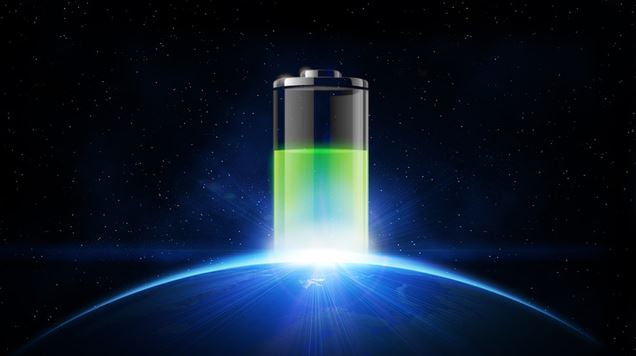What will make your gadgets run like Duracell bunnies?
You’re on a really important phone cell or writing a really important email and your battery dies. Don’t you feel like strangling the next person you see? Has this ever happened to you. Batteries of the future
Batteries of the future. Batteries dictate the world of technology. All the gadgets in the world are pieces of junk without battery power. Hard-were such as smartphones, laptops and tablets are getting faster and more capable while also shrinking in size. But the extra room gained inside devices is often used for more components and features, rather than bigger batteries that just make the devices heavier- an undesirable aspect. With our growing addiction to mobility, it’s assuring to know about on- going research in battery technology which will enable products to run longer. Batteries of the future
Nature builds batteries
“My dream: to be able to drive a virus- powered car.” Says Angela Belcher who holds a PhD in inorganic chemistry from University of California. She looked towards nature for inspiration to salve our current energy problems. Currently the heas of the Biomolecular group at MIT, her research brings together the three fields of Molecular Biology, Electrical Engineering and Material Chemistry.
The battery in actual terms would be “alive” as viruses would be doing the heavy lifting of taking the electrons through the electrolyte. These viruses were successfully developed by the MIT team around three years ago. This is the first time that viruses have been genetically engineered to build both, the positively and negatively charged ends of Batteries of the future.
Research is based on to use viruses as agents which transfer electrons in a battery.
A battery. The new technology produces the same amount of power as the state- of the art batteries used in hybrid cars today. These batteries can the manufactured with a cheap environmentally- safe process. The process of development takes place at room temperature and needs no environmentally unfriendly solvents- something that hasn’t been achieved by the other battery- tech gurus. Experts say that the anode is simpler to develop in a virus battery as compared to the cathode, the reason being that it needs to be highly conducting to be a fast electrode. There- fore, the current research is focused on building a highly powerful cathode to pair up with the anode.
Grapheme power
Next, we come to Graphene a material that has been under intensive research it recent times due to its various appli- cations. Infact, IBM’s breathing bat- teries face a stiff competition from the grapheme batteries. Grapheme is a mate- rial that consists of a layer of corbin that is only one atom thick.
IBM researchers believe that grapheme isn’t stable enough for term usage but researchers led by zihan Xu of the Department of Applied physics and mate- rials Research center at Hong kong poly- technic University disagree. The team has developed graphene batteries by attaching gold and silver electrodes to a graphene sheet. This assembly was immersed in copper chloride solution and an output of 0.35V was measured. An assembly of six such cell in a series was connected to a Light Emitting Diode (LED). The device has generated the same amount of power for about 25 days. But after a month it dropped to 40 m V. Batteries of the future
In a research paper, professor Xu mantions that the output of the battery increases when the electrolyte (copper chloride colution) is heated as well as when the assembly is exposed to ultra- sound. This is because the kinetic energy of the molecule increases when heated. Batteries of the future
Graphene battery involes attaching Gold and silver electrodes to a graphene sheet.
Though research is still under way. If Xu’s “Graphene battery” is harnessing the thermal energy of the motion of the jons to generate power, this may prove to be an essentially unlimited source of power this may prove to be an essentially unlimited source of power _ potentially a huge breakthrough in self- powering technology.
Battery 500 – Batteries that breathe IBM’s
Currently, electric vehicles can cover a max- imum distance of around 100 km on one charge. Imagine an electric car than can run.
Battery 500 basic structure
For around 800 km on a single charge. Well, if things move in the right direction, soon we may witness this feat in our vehicles.
